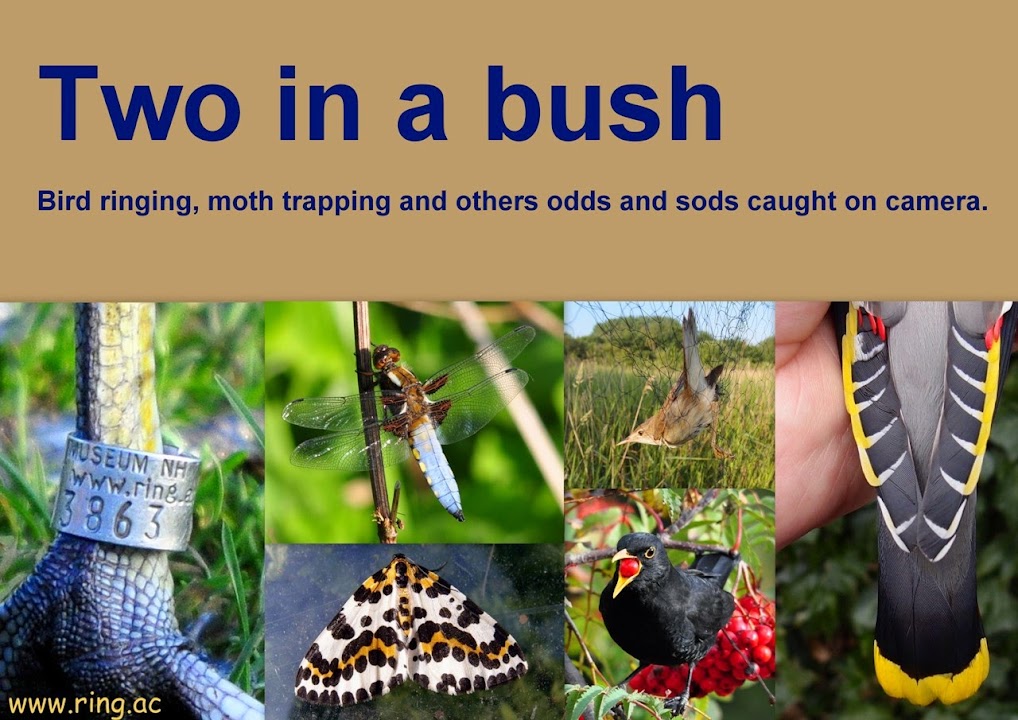I had taken an actinic moth trap with me but the first night drew a blank as it was so cold. The weather was even worse the next night with strong winds and heavy rain so I didn't even bother putting it out. Things only improved marginally from there with catches in low single figures. Only 10 moths were caught over 5 nights which is a dismal total for the location at this time of year and testimony to the protracted winter and cold spring. Best of the meagre pickings were a Water Carpet and a Puss Moth neither of which I catch at home.
 |
| Water Carpet (Lampropteryx suffumata) |
 |
| Puss Moth (Cerura vinula), a rather worn and weather beaten individual. |
What birding we did was secondary to walks around some of our favourite parts of the coast but then you can't do one without the other. A few migrants were still in evidence with 3 Greenland Wheatears present in one of our favourite bays. Amongst the waders groups of migrant Ringed Plovers stood out in particular. Generally though birds were perhaps thinner on the ground than might be expected especially in the case of some of the breeding species, if you exclude corvids that is. Lapwings were conspicuous by their absence from all the farmland areas we drove through and visited not least the farm we camped at.
 |
| female Wheatear and almost certainly of the Greenland race or at least as certain as you can be without catching and measuring it. |
 |
| Same female as above. |
 |
| Male Wheatear but a bit more tricky as to race and not an obvious 'Greenland' type but certainly still on migration. |
 |
| Although there are more Dunlin in this shot groups of Ringed Plover were much in evidence. |
 |
| Bryn has learned that he has to be patient when we are taking photos, some of the time at least. |
 |
| Little Egrets, colour ringed bird on right. |
 |
| Colour ringed Little Egret. |
 |
| Lime Hawk-moth (Mimas tiliae) |
 |
| Flame Shoulder (Ochropleura plecta) |
 |
| Diamond-back Moth (Plutella xylostella) |

No comments:
Post a Comment